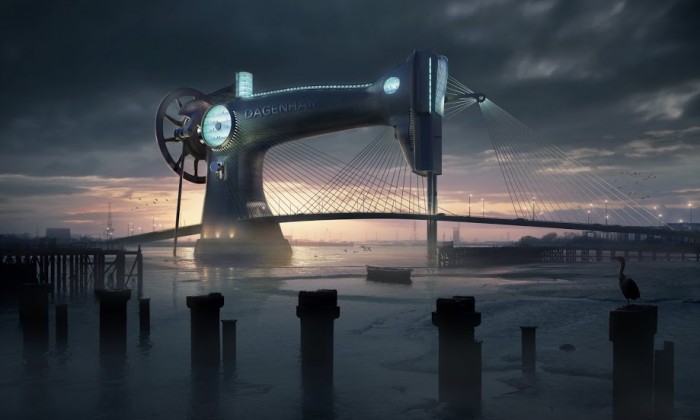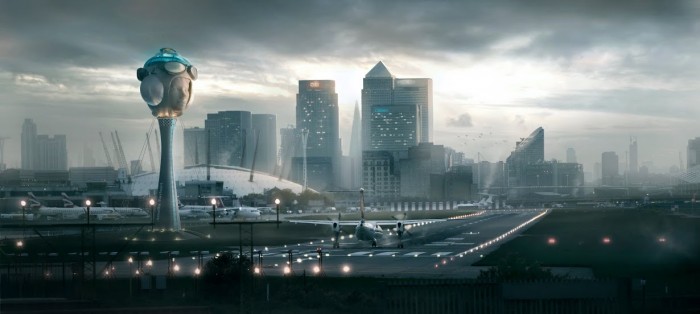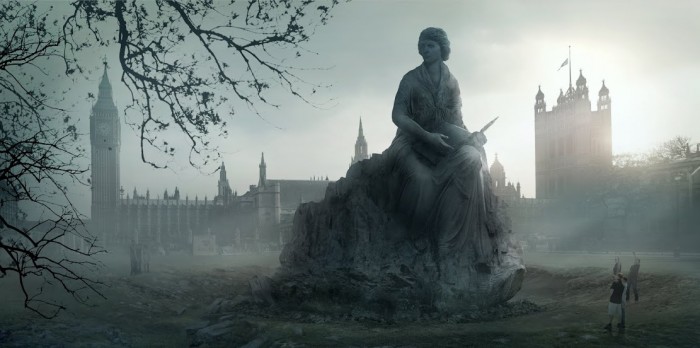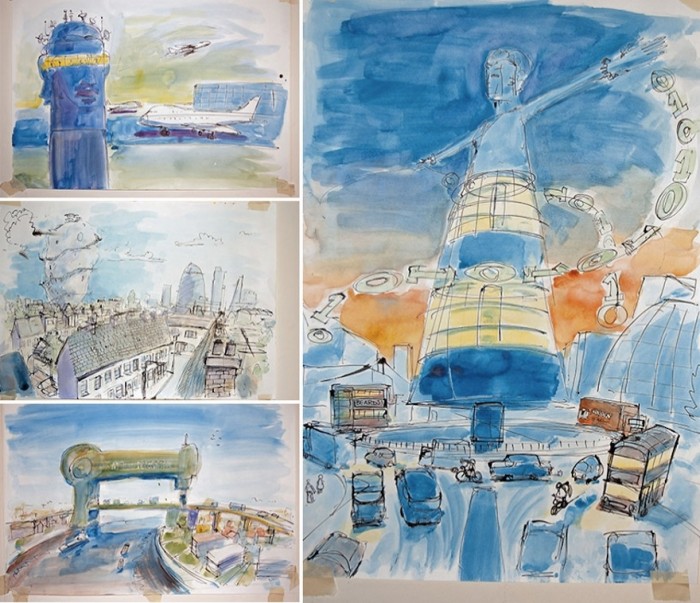In support of International Women’s Day, the members of design firm Squint Opera have created a series of fantastical images imagining how London's skyline could be "feminised" with iconic buildings and public statues celebrating heroic women. Here, motion graphics artist James Merry writes about the more serious reasons why they made these images:
As a father to a daughter, it has become increasingly apparent to me that there is still some way to go for true gender equality in our society despite much progress being made over the past 100 years.
The UK has fallen from 9th in 2006 to 26th in the World Economic Forum's (WEF) gender equality index. This decline was largely due to a decrease in economic participation, a measure which includes estimated earned income, labour participation and the number of women in senior positions.
In the economic participation subsets the UK appears to remain some way off, with the country ranking 48th in terms of both labour force participation and wage equality and 66th for estimated earned income - World Economic Forum
In the built environment just 34% of officially qualified UK architects are women, that's 4 000 of the 27 000 registered and closer to home preliminary findings from a recent CGArchitect survey show that just 6% of survey participants employed in architectural visualisation are women.
However, there has been some progress. For the first time, women are taking leading roles in shaping our built environment. Two-time Stirling Prize winner Zaha Hadid is the most obvious example but there are many other rising stars – such as Teresa Borsuk, Annabelle Seldorf, Liz Diller, Odile Decq and Fashid Moussavi. Still, more needs to be done to recognise their progress. Our cities continue to be dominated by architecture designed, engineered and built predominately by men for men. And it's not just buildings: the vast majority of statues in our capital are male and often war leaders. We need only think of Nelson’s Column and Winston Churchill, amongst many others. Of the 640 listed statues in the UK only 15% are women.
In support of International Women’s Day (8 March 2015), we have created a series of images imagining how London could be transformed by giant statues of positive female role models whose achievements have often been forgotten.









